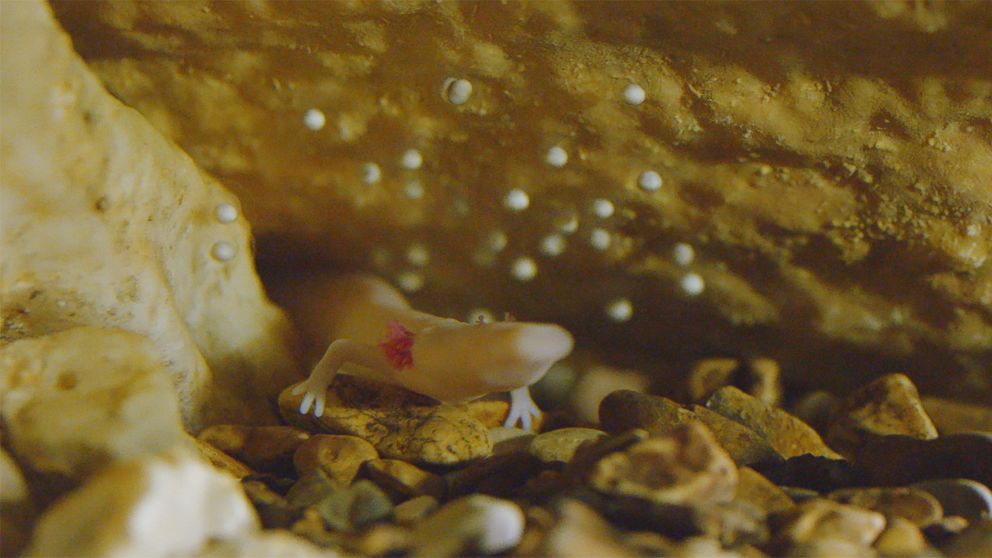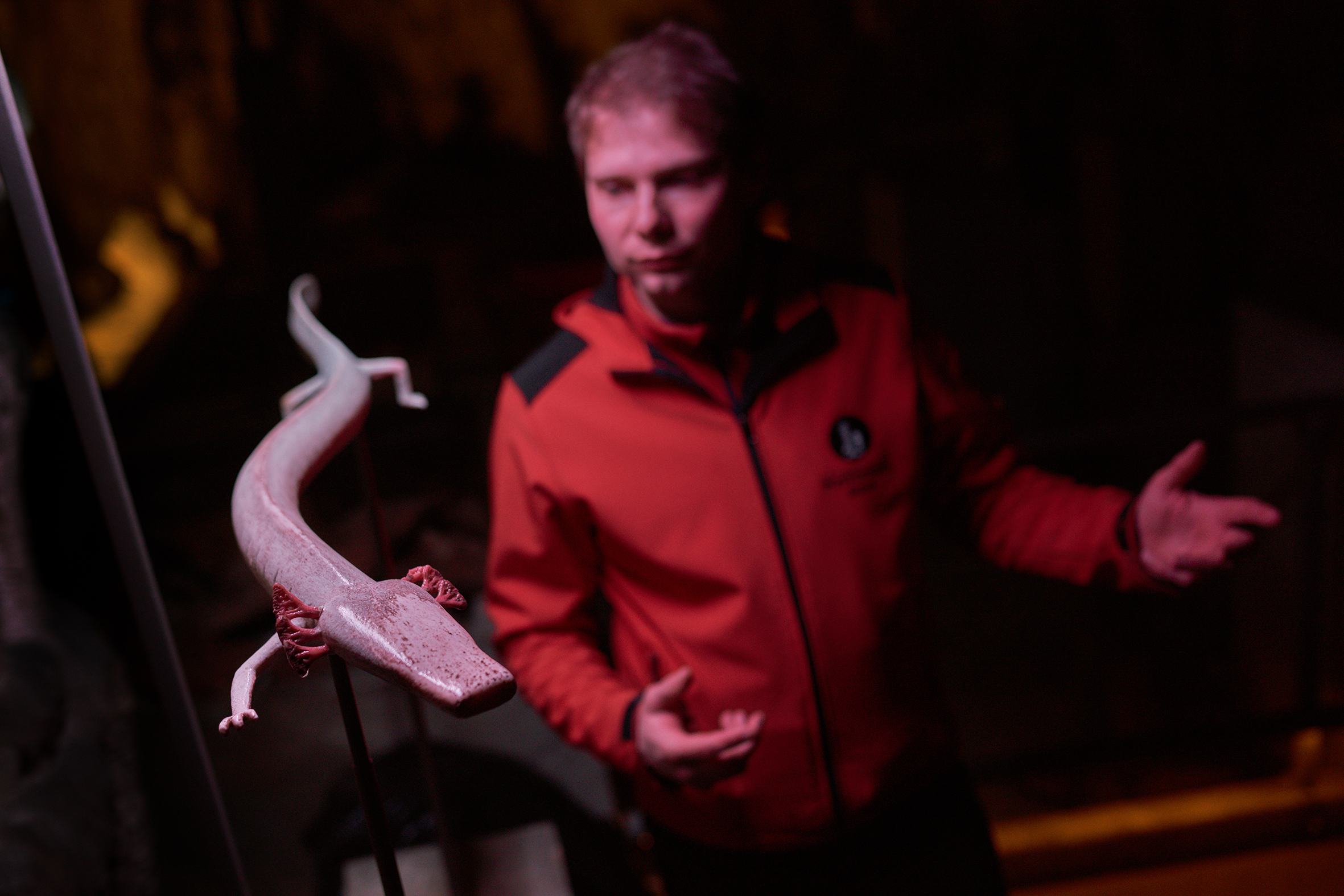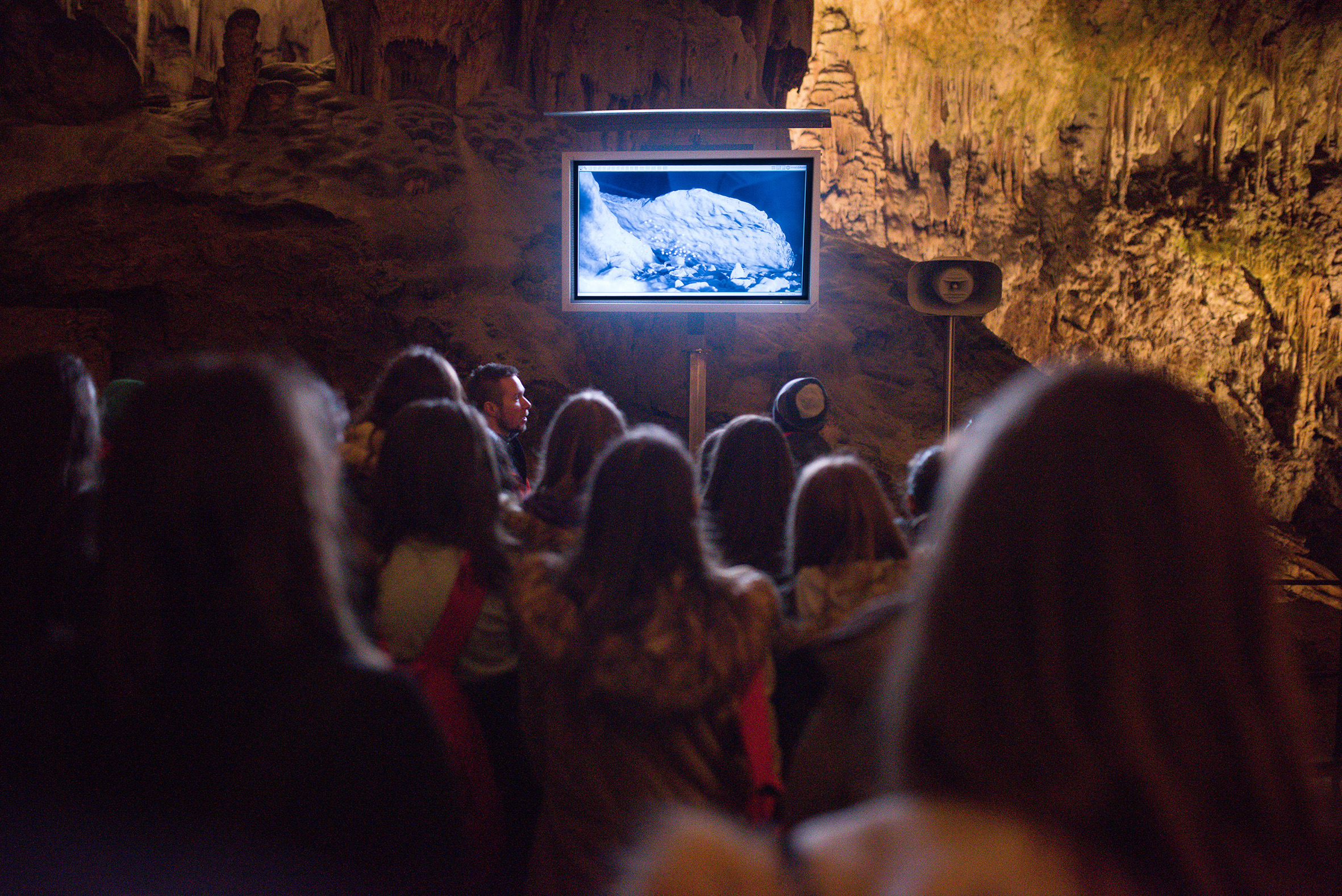Scientists Eagerly Await Rare Birth of 'Baby Dragons' in Slovenian Cave
The creatures only reproduce once every six to seven years, a biologist said.
— -- In a Slovenian cave only accessible by an underground train, scientists are eagerly awaiting the rare hatching of more than 57 "baby dragon" eggs.
The "baby dragons" aren't really dragons, but olms -- ancient, blind salamanders that resemble the mythological creature, according to biologist Sašo Weldt, who studies the amphibians at Postojna Cave in Slovenia.
Though olms have existed for at least 15 million years, Slovenians first documented seeing them in the middle of the 17th century, when they apparently washed up from underground rivers after heavy rains, Weldt told ABC News.
"People had never seen it and didn't know what it was," he said. "During the winter time, clouds of fog often rose from the cave, so they came up with stories of a dragon breathing fire from the cave, and they thought the olms were its babies."
Though olms don't breathe fire nor grow to gargantuan sizes, they do have several "unusual attributes and features" that make them quite fascinating creatures, Weldt said.

"They're believed to be able to live 100 years or longer, and they can survive without food for up to 10 years," he explained. "They have transparent white skin that also covers their eyes, but they don't need to see. They have incredible sense of smell and hearing and can detect detect light and electrical or magnetic fields."
Weldt added that female olms only reproduce once every six to seven years. The rare birth of olms has only been witnessed in labs, but for the first time, the public may be able to view a hatching at the Postojna Cave, where Weldt works, he said.
The first time eggs were found in the cave was in 2013, Weldt explained, but he said that they were unfortunately eaten before any could be born.

In January a tour guide noticed a new olm egg. Now, there are over 57.
"This time, we've removed all the other olms to make sure [the eggs] don't get eaten again," Weldt said. "We're hopeful for a successful birth."
He added that the cave's scientists have set up cameras that use infrared light to capture the "Mama Dragon" and her little ones, so that cave visitors can keep tabs on them as well.

"Everything seems to be going according to plan, and we're really, really excited," he said. "We just had a scientist from Uganada and America come to see the olms. It's a great moment to be working and studying the olms and the cave right now."
If all goes well, the "baby dragons" could be born within three to four months, Weldt said.




